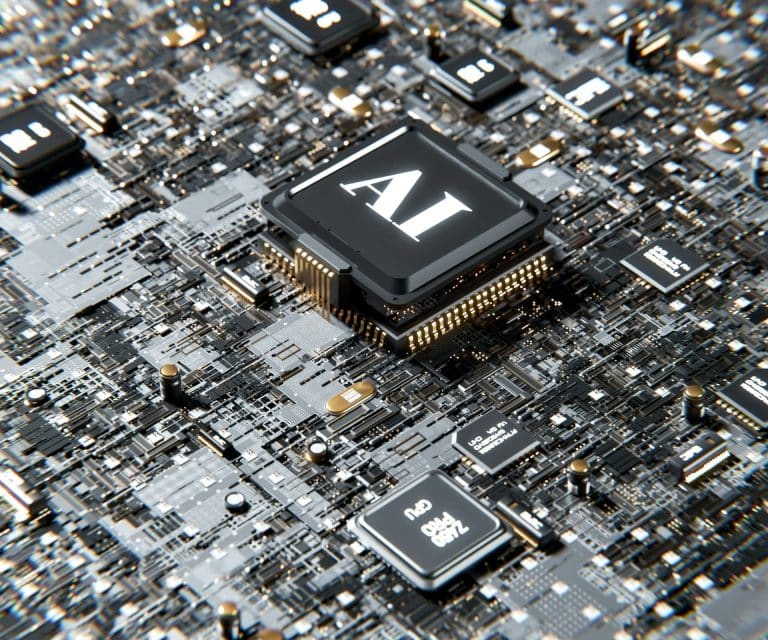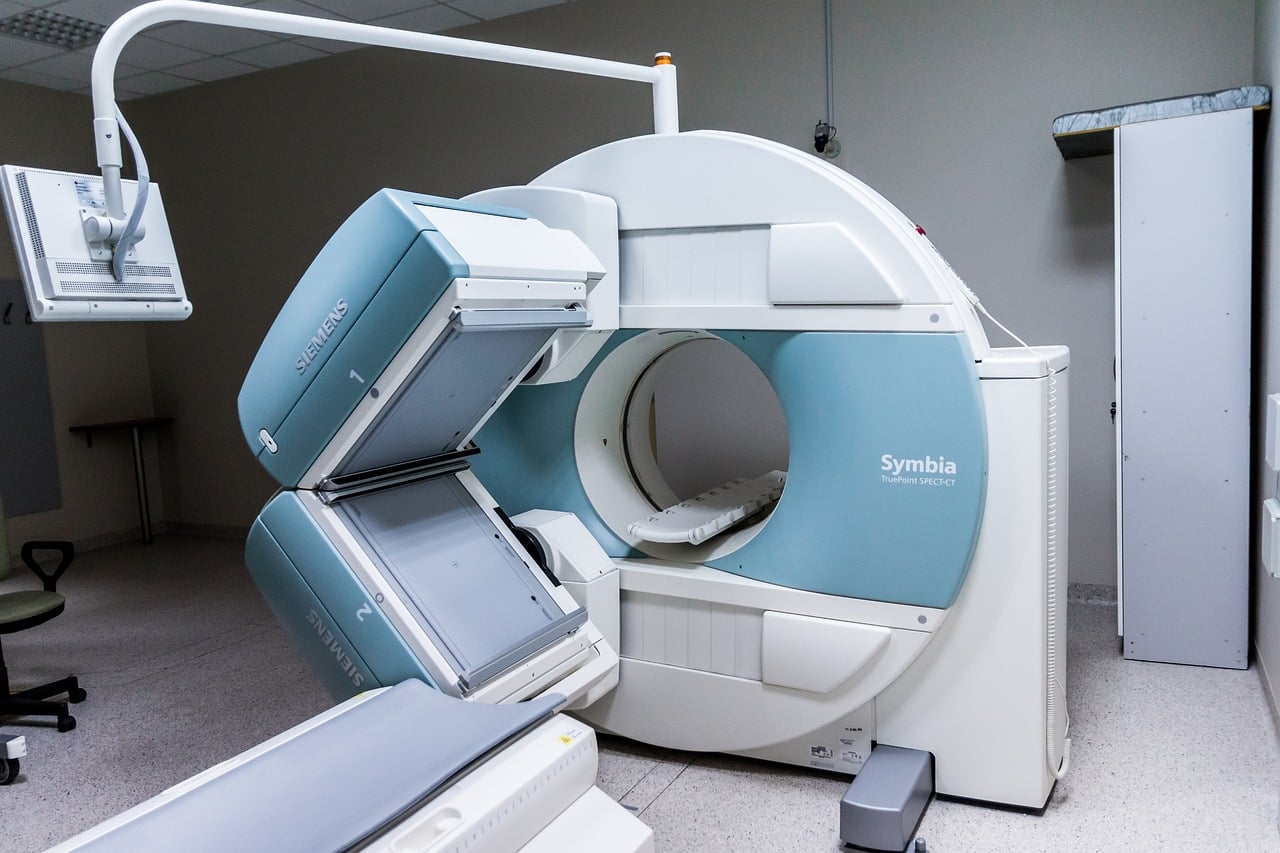The idea of artificial intelligence is nothing new. In fact, it began as rumors and myths during ancient times. By the 1940s, a programmable computer was created thanks to the logic passed down based on these myths. In 1956, AI was officially launched as a field of research but was soon met with criticism from the likes of James Lighthill. Less than a century later, we see AI becoming an integral part of society, with some people even fearing it could take over their jobs.
How ChatGPT Drove the Rise of Artificial Intelligence

We’ve seen the idea of artificial intelligent beings brought to life in movies during the last two centuries. Think about Frankenstein, Darwin among the Machines, and let us not forget I, Robot. While all of this played on our TV screens, engineers, computer experts, and researchers were already busy developing AI systems that they could use.
It wasn’t until 2022 that artificial intelligence became something readily available to the average person, though. On the 30th of November, 2022, something big happened. OpenAI announced the public release of ChatGPT. Soon, people were flocking to this AI tool that could spit out content, answer questions, and even offer advice.
ChatGPT set the stage for artificial intelligence to enter our everyday lives. Soon after this launch, we saw many new companies bring to market their own AI models. Microsoft launched with their own Assistant and Google also allowed people to access Bard. It became a game of who could do it first, but that also created many problems.
While very useful, these artificial intelligence tools were not as good as many people expected them to be. During the earlier days, it was super easy to see if something was written by an AI. These models made mistakes. The way people could use them was limited.
Companies became invested, hoping that they could harness the power of AI for better productivity. This quickly created uncertainty in the workplace, as people were no longer sure whether they had security in their jobs.
Reaching for AI
Even though people began to notice accuracy problems, server overloads, and a number of other problems with ChatGPT, Bard, and Microsoft’s AI assistant, they continued to use these tools. It was exciting to see a portion of what was once fiction in movies right in front of our eyes. The competition among giants in the tech industry heated up, and it created a race for AGI, or artificial general intelligence.
While ChatGPT opened up the doors for the public to access AI, we now see other unexpected players in the market. Just take the recent DeepSeek launch. They went as far as to open-source the technology they created, which focuses on getting AI one step closer to AGI. Alibaba also made a surprise announcement when it launched QwQ-32B. This model revolutionized what we know of artificial intelligence.
At a much smaller scale compared to OpenAI and even DeepSeek, it is capable of providing powerful, accurate, and useful answers. It excels in mathematics, coding, and several other types of commands. While we have reached a state of AGI, with AI models capable of thinking and even accessing the web, this is still just the beginning.








